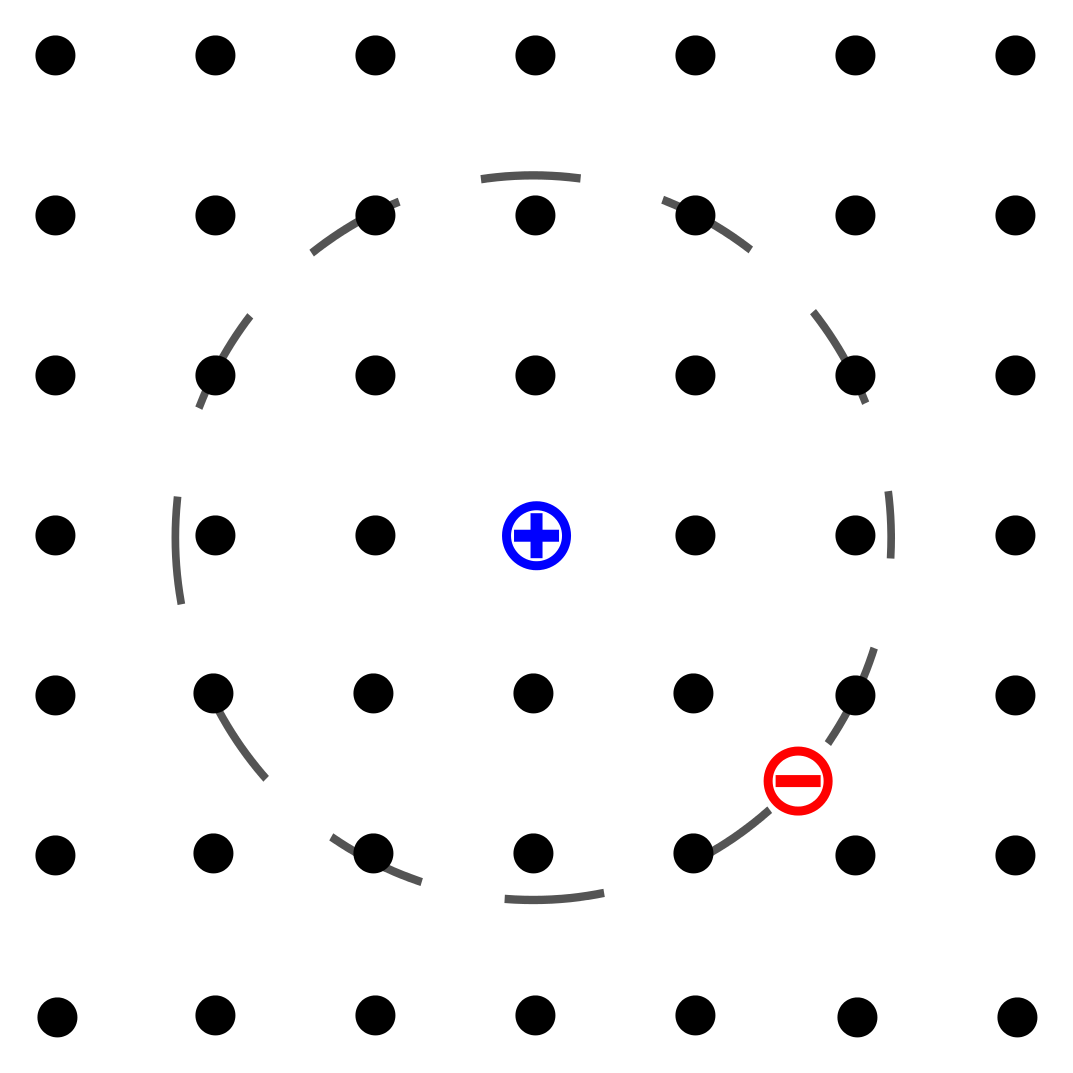|
Electron-hole Droplets
Electron-hole droplets are a condensed phase of excitons in semiconductors. The droplets are formed at low temperatures and high exciton densities, the latter of which can be created with intense optical excitation or electronic excitation in a p-n junction. Discovery Evidence for electron-hole droplets was first observed by J. R. Haynes of Bell Labs in 1966, who observed a frequency shift in the spectrum radiated by silicon at low temperatures (~3 K). The shift was attributed to the recombination of a bound state of two exciton An exciton is a bound state of an electron and an electron hole which are attracted to each other by the electrostatic Coulomb force. It is an electrically neutral quasiparticle that exists in insulators, semiconductors and some liquids. The ...s (electron-hole pairs). V. M. Asnin and A. A. Rogachev discovered metallic conduction in germanium at low temperatures when the density of excitons exceeded the amount required to transition into a metallic s ... [...More Info...] [...Related Items...] OR: [Wikipedia] [Google] [Baidu] |
Exciton
An exciton is a bound state of an electron and an electron hole which are attracted to each other by the electrostatic Coulomb force. It is an electrically neutral quasiparticle that exists in insulators, semiconductors and some liquids. The exciton is regarded as an elementary excitation of condensed matter that can transport energy without transporting net electric charge. An exciton can form when a material absorbs a photon of higher energy than its bandgap. This excites an electron from the valence band into the conduction band. In turn, this leaves behind a positively charged electron hole (an abstraction for the location from which an electron was moved). The electron in the conduction band is then less attracted to this localized hole due to the repulsive Coulomb forces from large numbers of electrons surrounding the hole and excited electron. These repulsive forces provide a stabilizing energy balance. Consequently, the exciton has slightly less energy than the ... [...More Info...] [...Related Items...] OR: [Wikipedia] [Google] [Baidu] |
Semiconductor
A semiconductor is a material which has an electrical resistivity and conductivity, electrical conductivity value falling between that of a electrical conductor, conductor, such as copper, and an insulator (electricity), insulator, such as glass. Its electrical resistivity and conductivity, resistivity falls as its temperature rises; metals behave in the opposite way. Its conducting properties may be altered in useful ways by introducing impurities ("doping (semiconductor), doping") into the crystal structure. When two differently doped regions exist in the same crystal, a semiconductor junction is created. The behavior of charge carriers, which include electrons, ions, and electron holes, at these junctions is the basis of diodes, transistors, and most modern electronics. Some examples of semiconductors are silicon, germanium, gallium arsenide, and elements near the so-called "metalloid staircase" on the periodic table. After silicon, gallium arsenide is the second-most common s ... [...More Info...] [...Related Items...] OR: [Wikipedia] [Google] [Baidu] |

